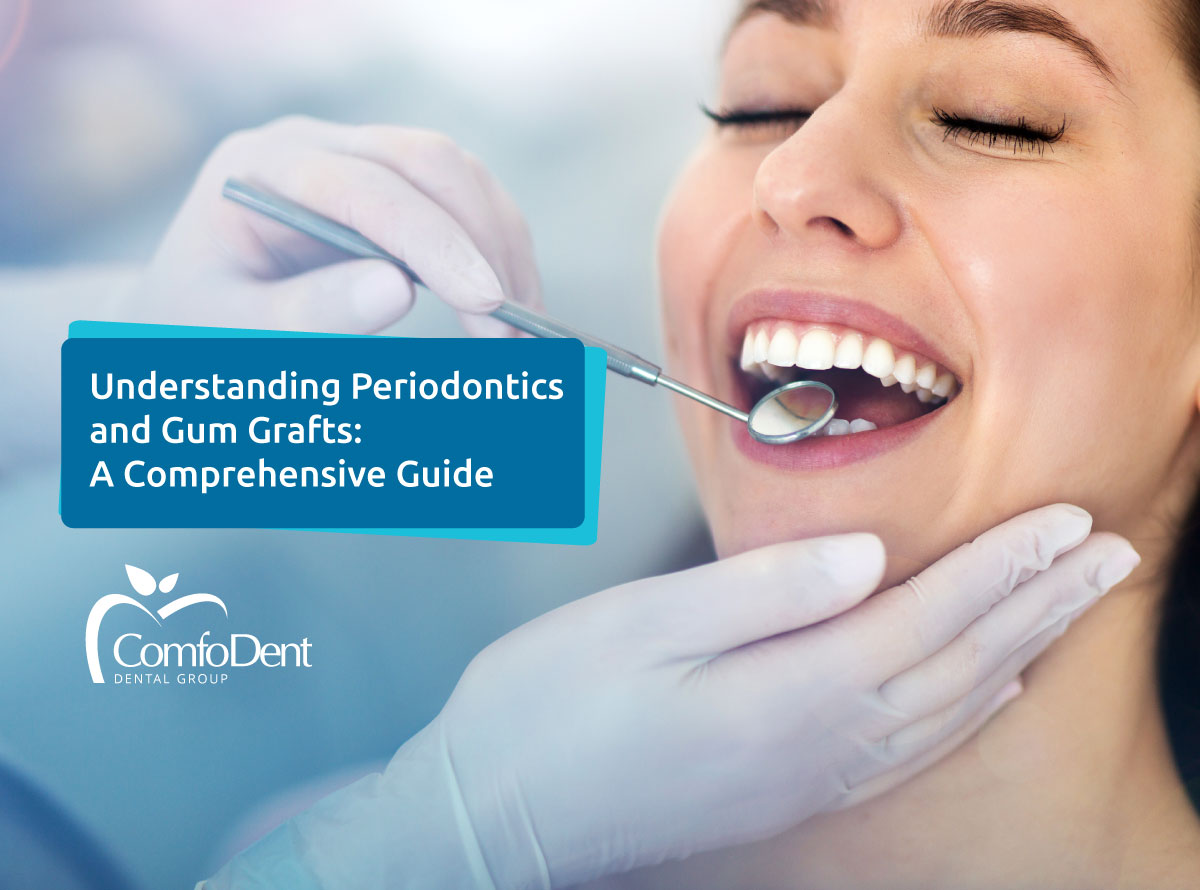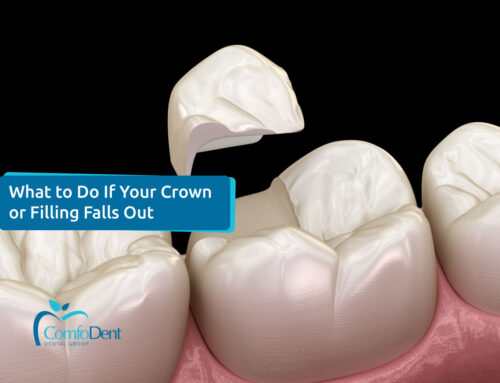Periodontics is a crucial branch of dentistry focusing on the health of the supporting structures of teeth, including the gums, jawbone, and surrounding soft tissues. Ensuring the health of these areas is vital for maintaining overall oral health and preventing complications such as tooth loss.
The Importance of Periodontics
The periodontium, which includes the gums, periodontal ligament, and alveolar bone, plays a key role in supporting and anchoring teeth. Periodontal health is not only important for the stability of teeth but also for preventing systemic health issues linked to periodontal disease, such as heart disease and diabetes.
Understanding Gum Recession
Gum recession is a common dental issue where the gum tissue surrounding the teeth pulls back, exposing the roots. This condition can lead to:
- Increased Sensitivity: Exposed roots are more sensitive to hot and cold, causing discomfort.
- Higher Risk of Decay: The root surfaces are more prone to cavities and decay.
- Aesthetic Concerns: Receding gums can affect the appearance of your smile.
If left untreated, gum recession can progress to severe periodontal disease, potentially resulting in tooth loss.
Causes of Gum Recession
Several factors contribute to gum recession, including:
- Genetic Predisposition: Some individuals are naturally more susceptible.
- Poor Oral Hygiene: Inadequate brushing and flossing can lead to plaque buildup and gum disease.
- Aggressive Brushing: Overzealous brushing can wear down gum tissue.
- Periodontal Disease: Infection of the gums is a leading cause of recession.
- Tobacco Use: Smoking and chewing tobacco weaken gum tissue.
The Role of Gum Grafts
Gum grafts are a common treatment for receding gums. This procedure involves taking tissue from another part of the mouth, usually the palate, and attaching it to the affected area. The benefits of gum grafting include:
- Covering Exposed Roots: Protects roots from decay and reduces sensitivity.
- Improving Gum Health: Strengthens the gums and enhances overall oral health.
- Enhancing Aesthetics: Restores the natural appearance of the gum line.
The Procedure
Gum grafting is typically performed by a periodontist and involves:
- Assessment: The dentist evaluates the extent of gum recession.
- Preparation: Local anesthesia is used to numb the area.
- Tissue Harvesting: Tissue is taken from the palate or another donor site.
- Grafting: The harvested tissue is carefully placed and secured over the exposed roots.
- Healing: Post-procedure care is crucial for successful healing.
Post-Procedure Care
After a gum graft, patients should follow these guidelines for optimal recovery:
- Maintain Oral Hygiene: Use a soft-bristled toothbrush and follow your dentist’s recommendations.
- Avoid Hard Foods: Stick to a soft diet to prevent disturbing the graft site.
- Attend Follow-Up Appointments: Regular check-ups ensure the graft is healing properly.
Prevention and Maintenance
Preventing gum recession and maintaining periodontal health involves:
- Regular Dental Visits: Early detection and treatment of gum issues.
- Proper Brushing and Flossing: Use gentle techniques to clean teeth and gums.
- Healthy Lifestyle Choices: Avoid tobacco and eat a balanced diet for optimal oral health.
Conclusion
Periodontics plays a vital role in maintaining oral health, and procedures like gum grafts are essential for treating and preventing the complications associated with gum recession. Regular dental visits and good oral hygiene are key to preserving your smile and overall well-being. For personalized advice and treatment, consult with your dental care provider at Comfodent Dental Group.






